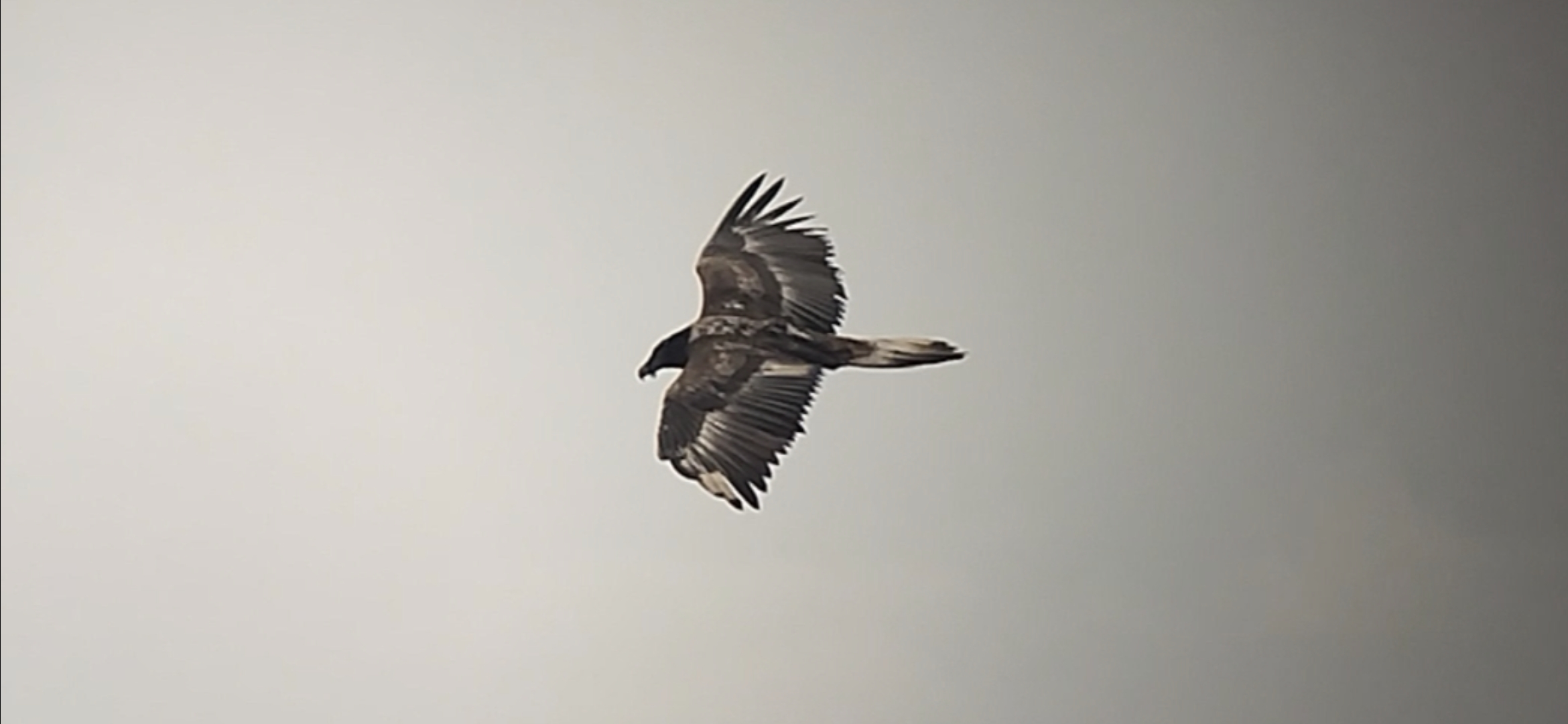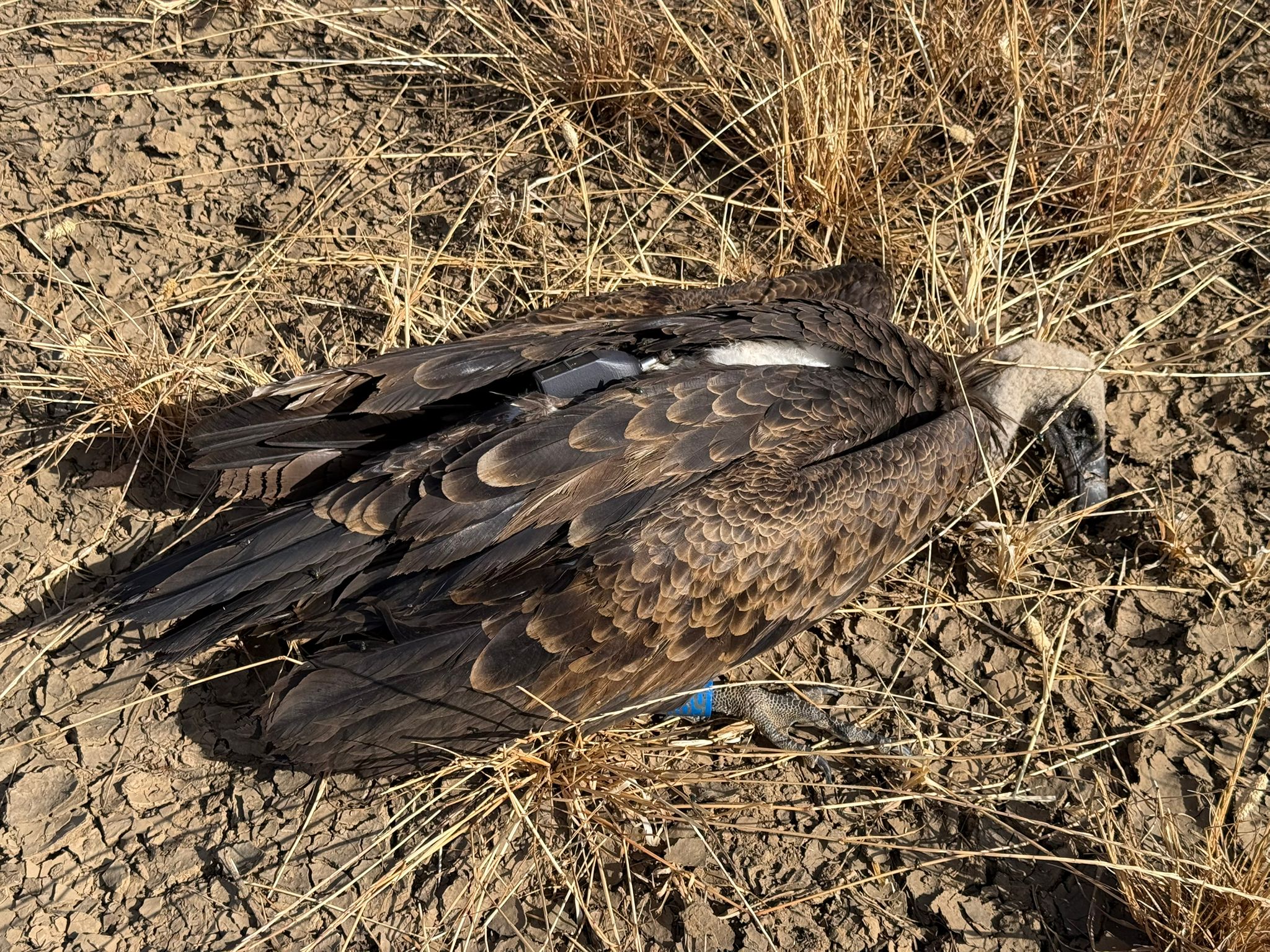In an effort to bring the Bearded Vulture back to Maestrazgo and establish a thriving breeding population that connects the Andalusian and Pyrenean populations, eleven Bearded Vultures have been released in the Parc Natural de la Tinença de Benifassà, Valencia, since 2018. The team has been closely monitoring the movements of these Bearded Vultures, where are they now?
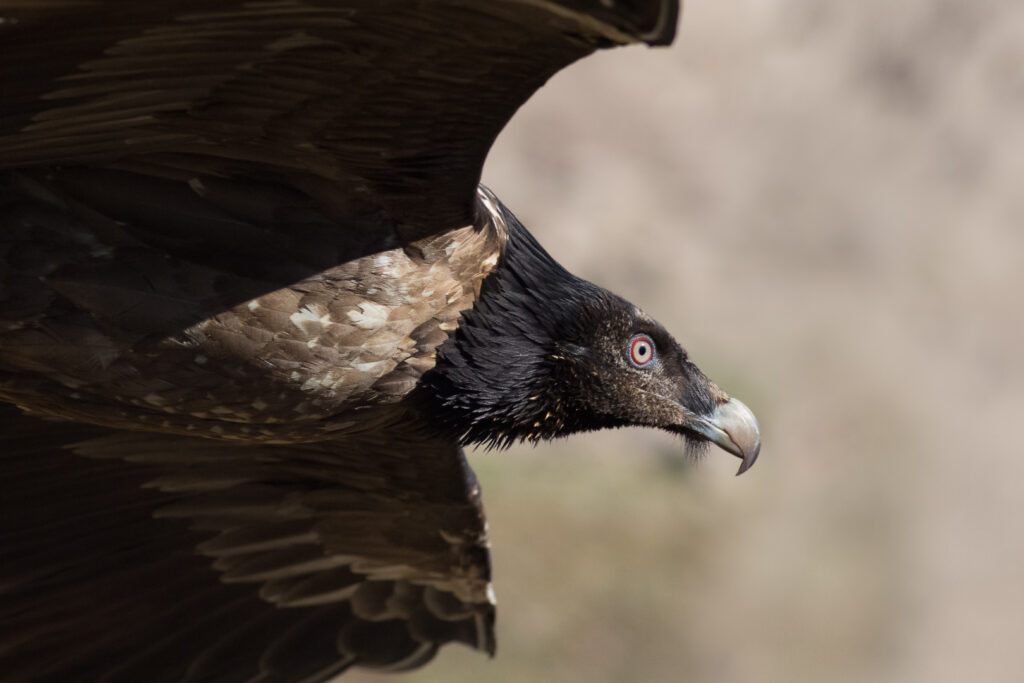
Following the movements of the Bearded Vultures released in Maestrazgo
Bearded Vultures Èsperit and Ereta were among the last birds released in 2022. Èsperit ventured beyond the Maestrazgo area in Teruel and has been exploring the Sierra de Cebollera near Burgos. Dena, released in 2021, followed a similar path, leaving Teruel through Cebollera but then continued heading northwest towards Picos de Europa National Park.
On the other hand, Bassi, released in 2019, took a northeast route, briefly visiting the Pyrenees before returning to La Tinença, where he has been since last year. Amic, one of the first Bearded Vultures released in Maestrazgo together with Alòs, ventured to the area of La Rioja in 2021, but recently, like Bassi, has been spending time in La Tinença, as Bassi.
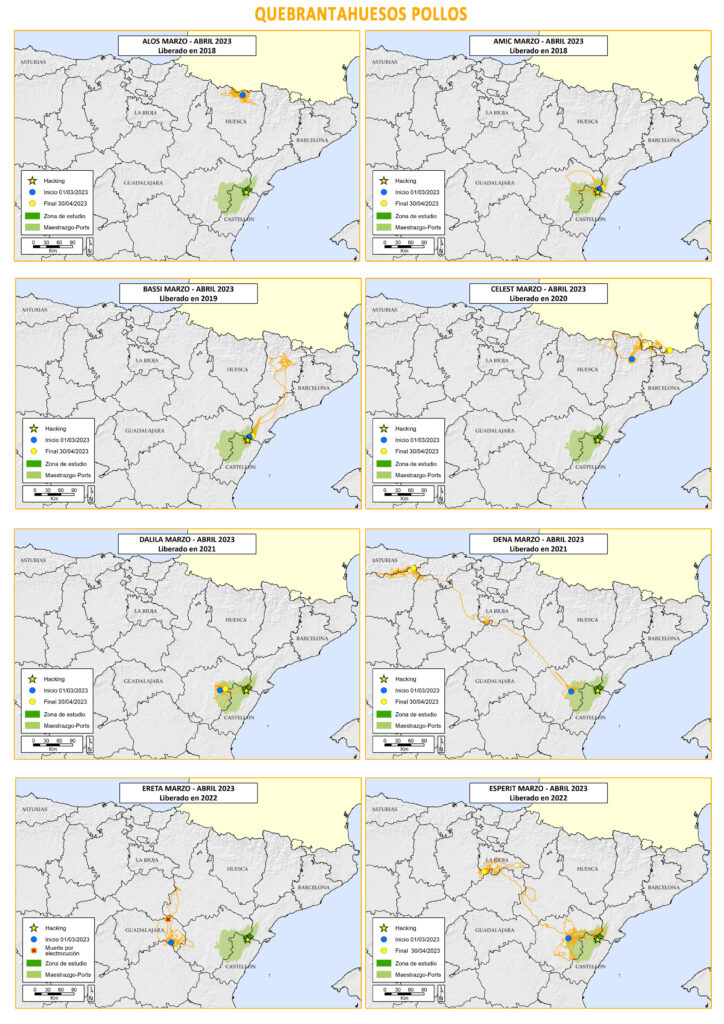
In the meantime, Celest, Alós and Dalila have not moved much since our last update two months ago. Dalila, released in 2021, is among the few Bearded Vultures that, along with Bassi and Amic, remain in the Maestrazgo region close to Teurel. Celest, released in 2020, is in the Eastern Pyrenees, moving between the Aragon, Catalonia and France. Alós, released in 2019, is also in the Pyrenees but in the Ordesa y Monte Perdido National Park area.
Good news from Boira, released in 2019, which was previously presumed dead due to the loss of connection with his GPS transmitter. Boira was photographed on 26 April at Boumort National Reserve in Lleida!
A tragic turn to Ereta
Ereta hatched in captivity at the Bearded Vulture captive breeding centre of Guadalentín (Jaen), currently managed by us at the Vulture Conservation Foundation under an agreement with Junta de Andalusia. Together with Espèrit, they were the on 17 May 2022. After spending time at the hacking facility improving their flying skills, both Bearded Vultures began expanding their feeding territory and became regular visitors to local feeding stations managed by our partners. Ereta started exploring other regions at the beginning of the year, roaming across the province of Zaragoza, near the border with Soria. Unfortunately, on 25 March, Ereta’s life ended tragically when she was electrocuted in Guadalajara.
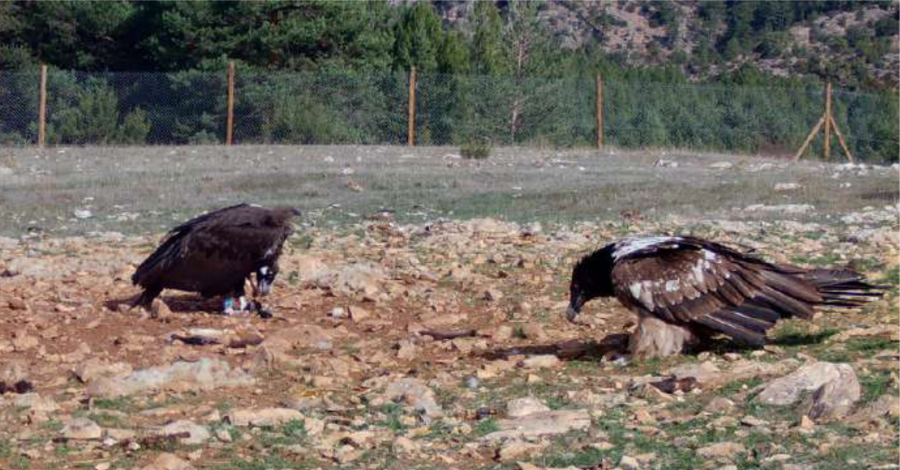
A long road towards establishing a breeding population
Establishing a breeding population is a challenging and time-consuming process. Bearded Vultures take 5 to 7 years to reach sexual maturity, with additional years required for successful breeding. For instance, in the Alps, where the species had been extinct for more than seven decades, the first Bearded Vultures were released in 1986, and the first successful breeding in the wild was only recorded in 1997.
“In all reintroduction projects, there were no signs of reproduction during 9-11 years after the initial releases, even though some birds settled in the area a few years earlier. In Maestrazgo, with the first releases in 2018, we are still within the average. The number of Bearded Vultures currently present in the area is low but fits our expectations.”
Àlex Llopis, VCF Bearded Vulture captive breeding manager
Monogamous and highly selective, Bearded Vultures take time to find a partner. There are records of Bearded Vultures that remained single for over two decades! Typically, they settle close to the area where they fledged, making acclimatisation in the hacking facilities a crucial step to ensure they will return to Maestrazgo once they reach sexual maturity.
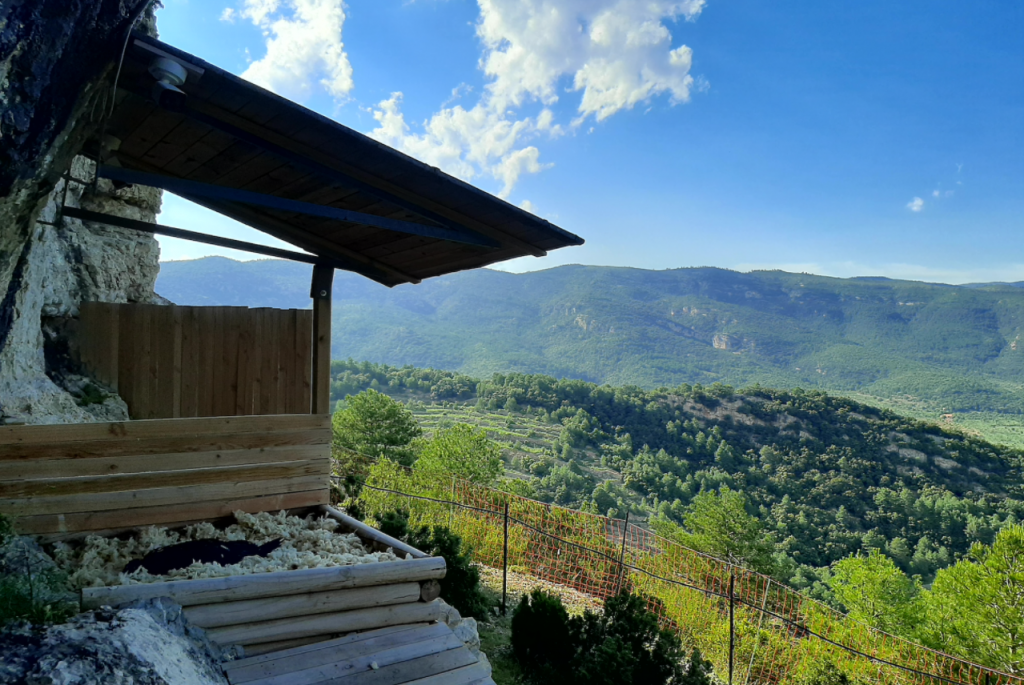
Travelling and exploring before reaching sexual maturity
During their juvenile phase, Bearded Vultures tend to disperse and travel long distances, exploring different regions, mountain ranges, and even countries. Some individuals have embarked on trips spanning thousands of kilometres, such as Eglazine, released in France, who often travelled to the Netherlands for “summer holidays”.
To understand their dispersion patterns and behaviour, they are fitted with a lightweight GPS transmitter before releasing them into the hacking facility. You can follow the movements of some tagged Bearded Vultures on a dedicated page on our website.
The upcoming releases
The Maestrazgo region of Valencia (Spain) was historically a breeding site for Bearded Vultures. Despite the absence of breeding pairs, the area is regularly visited by individuals released in Andalusia. Since 2018, eleven Bearded Vultures were released (five males and six females) and have been exploring the country.
Next Friday, 2 June, another 3 Bearded Vultures will be released in Parc Natural de la Tinença de Benifassà, Valencia; two of them hatched in the Guadalentín Specialized Breeding Centre and one hatched in the Richard Faust Specialized Breeding Centre in Austria and is already in Guadalentín waiting to be released in Maestrazgo.

Stay tuned to hear our latest updates in Maestrazgo!

